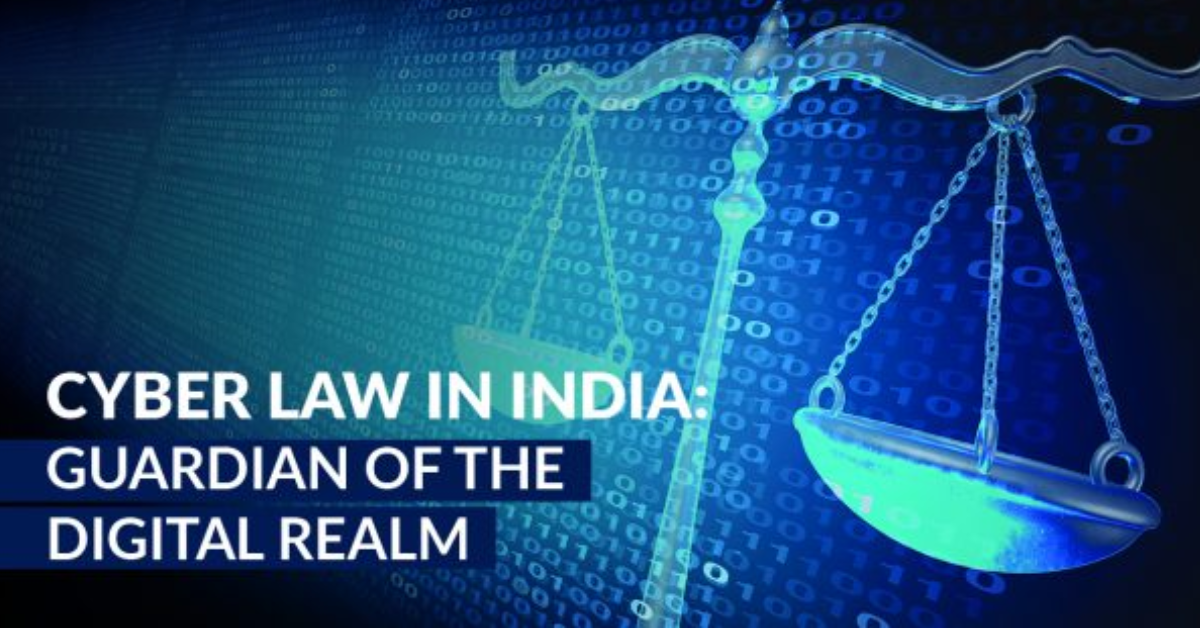The rapid digitization of India has led to an increasing dependence on the internet for financial transactions, communication, and business operations. However, this dependence also raises concerns about the safety and security of digital data. Cyber laws in India play a crucial role in ensuring data protection, privacy, and preventing cybercrimes. This article explores the various aspects of cyber laws in India and evaluates how safe your digital data is.
Introduction to Cyber Laws in India
Cyber laws in India refer to the legal framework designed to regulate digital activities, safeguard online transactions, and combat cybercrimes. These laws are primarily governed by the Information Technology Act, 2000, along with several amendments and supplementary laws that address digital fraud, data breaches, and online security concerns.
Key Provisions of the Information Technology Act, 2000
The IT Act, 2000, serves as the backbone of cyber laws in India. Some key provisions of the Act include:
- Legal Recognition of Electronic Transactions: The Act grants legal recognition to electronic records and digital signatures, making online contracts enforceable.
- Data Protection and Privacy: Sections 43A and 72A of the Act deal with the protection of personal data and privacy violations.
- Hacking and Unauthorized Access: Section 66 criminalizes hacking, identity theft, and unauthorized access to computer systems.
- Cyber Terrorism: Section 66F covers cyber terrorism and imposes strict penalties for cyber activities that threaten national security.
- Online Defamation and Obscenity: Sections 67, 67A, and 67B regulate the publication and transmission of obscene or defamatory content online.
- Digital Signature and E-Governance: The Act provides a framework for the use of digital signatures in government services and online transactions.
Recent Amendments and Additional Cybersecurity Measures
To keep up with evolving cyber threats, India has introduced several amendments and regulations, including:
- Personal Data Protection Bill (PDPB), 2019: This bill aims to regulate data collection, processing, and storage while granting individuals greater control over their personal data.
- CERT-In Guidelines: The Indian Computer Emergency Response Team (CERT-In) issues advisories and guidelines for organizations to strengthen cybersecurity.
- Aadhaar and Data Protection: The Aadhaar Act and Supreme Court rulings have reinforced the need for securing biometric and personal data.
Common Cyber Threats in India
Despite stringent cyber laws, India continues to witness cyber threats such as:
- Phishing Attacks: Fraudulent emails and messages trick users into revealing sensitive information.
- Ransomware: Cybercriminals encrypt users’ data and demand a ransom for its release.
- Identity Theft: Hackers steal personal information to commit financial fraud.
- Social Media Frauds: Fake profiles and scams target unsuspecting users.
- Data Breaches: Unauthorized access to sensitive corporate or personal data.
How Safe is Your Digital Data?
The safety of digital data in India largely depends on individual awareness, regulatory enforcement, and cybersecurity measures adopted by organizations. While the legal framework provides robust protection, gaps remain in enforcement and compliance.
Steps to Protect Your Digital Data
To enhance digital security, individuals and businesses should adopt the following measures:
- Use Strong Passwords: Regularly update and strengthen passwords to prevent unauthorized access.
- Enable Two-Factor Authentication (2FA): Add an extra layer of security to online accounts.
- Be Cautious with Emails and Links: Avoid clicking on suspicious links or sharing sensitive information online.
- Update Software and Security Patches: Regularly update operating systems and applications to prevent vulnerabilities.
- Use Encrypted Communication: Opt for end-to-end encryption in messaging and emails.
- Monitor Bank Transactions: Regularly check financial statements for unauthorized activities.
Conclusion
Cyber laws in India provide a structured legal framework for data protection, privacy, and cybersecurity. However, ensuring the safety of digital data requires collective efforts from the government, businesses, and individuals. By staying informed and adopting best security practices, users can significantly reduce the risk of cyber threats and enhance digital safety.

